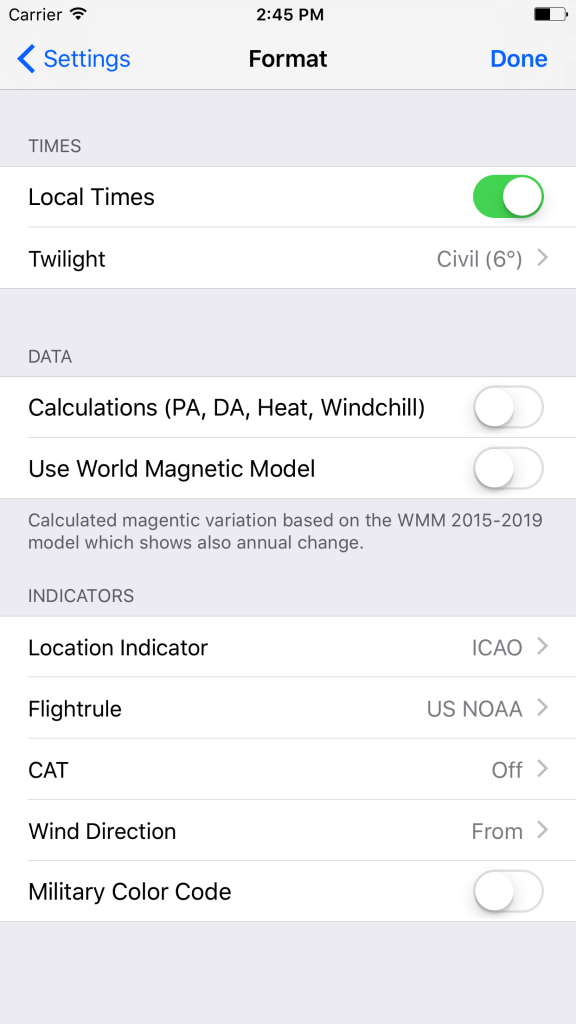

The second reason is also the reason why you must keep a separation (a distance vertically and horizontally) with the clouds: as VFR aircrafts are not even required to have a radio on board, you cannot really ensure separation without other aircrafts (being VFR or IFR), therefore you must have a given distance to allow yourself and others to avoid in air collisions. Why you are not allowed to cross clouds in VMC? There is two reasons for it, first within a cloud you may have strong thermic wind and without visibility you could get totally disoriented and lose the control of the aircraft. In some countries like UK you may have spots where you are allowed to cross cloud layers as VFR pilot under some circonstances with the appropriate training. Therefore VFR pilots tends to not fly above cloud layers. While you would be allowed to fly above clouds (for example you find holes in clouds and you climb above), you would not be allowed to cross them even in case of engine failure.

US Min visibility and clound clearance can be found here. Within a CTR ( controlled traffic region) you may have a much smaller visibility distance if you get a SVFR (Special VFR) clearance, however you would still need the normal VMC conditions outside of the CTR. For VMC bellow 10,000 ft you must have 3sm or 5km of visibility. While wind cannot be checked all the time (in flight you will feel the turbulences but not so much the wind itself besides if you compare your indicated airspeed and the ground speed on your GPS) what you will certainly spot is the visibility issues.Ī lower visibility means you will hardly see in front of you if there is other aircrafts or some obstacles (mountains, cables, antennas and more). As G forces do increase with speed, you will have to fly under a given speed ( VA) to ensure you don’t over-stress your aircraft. With turbulences the G forces will increase. Each aircraft have a max G force they can sustain without having damages.

VFR means you must always have visibility, be out of the clouds and ideally be able to know where you are based on what you see around you. VFR on the other side means Visual Flight Rules and this is what most private pilots do use. In this case visibility is not as important, while you must have visibility for taking off and landing (as nearly none of the GA plane can auto-land currently). IFR means Instrument Flight Rules, meaning you can’t really fly where and how you want, it’s the ATC which will coordinate your flight and you will rely mostly on the instruments to follow the instructions. I took also the US rules for airspace & cloud separation. Being myself from Switzerland, the rules described here are from my country or countries nearby. Therefore in real life you should control the rules of the countries where you will fly (like the different airspaces / altitudes). While there is a general rule set for aviation, there is also smallish (or not so smallish) difference between countries. However I shall explain still the concept and how you can prepare yourself in real life and how you could do basically the same within the Sim. Clearly within a Sim this is not the most important thing.


 0 kommentar(er)
0 kommentar(er)
